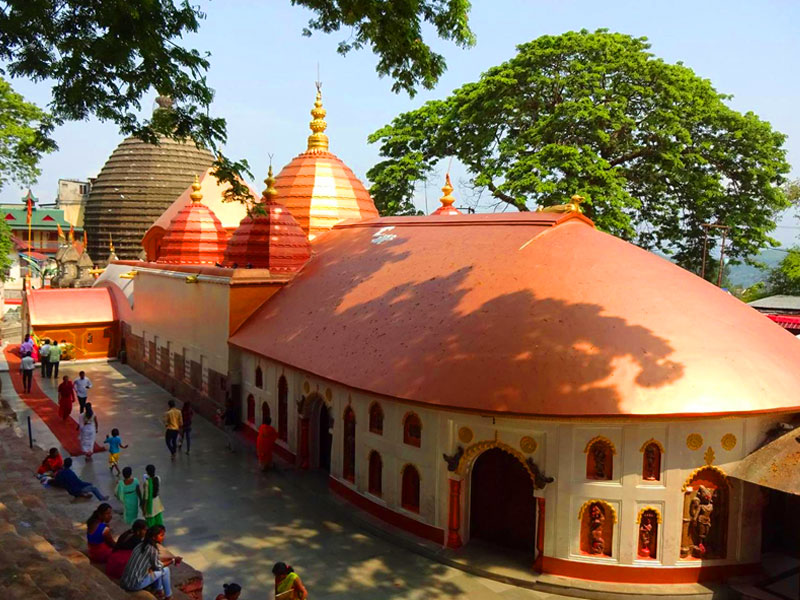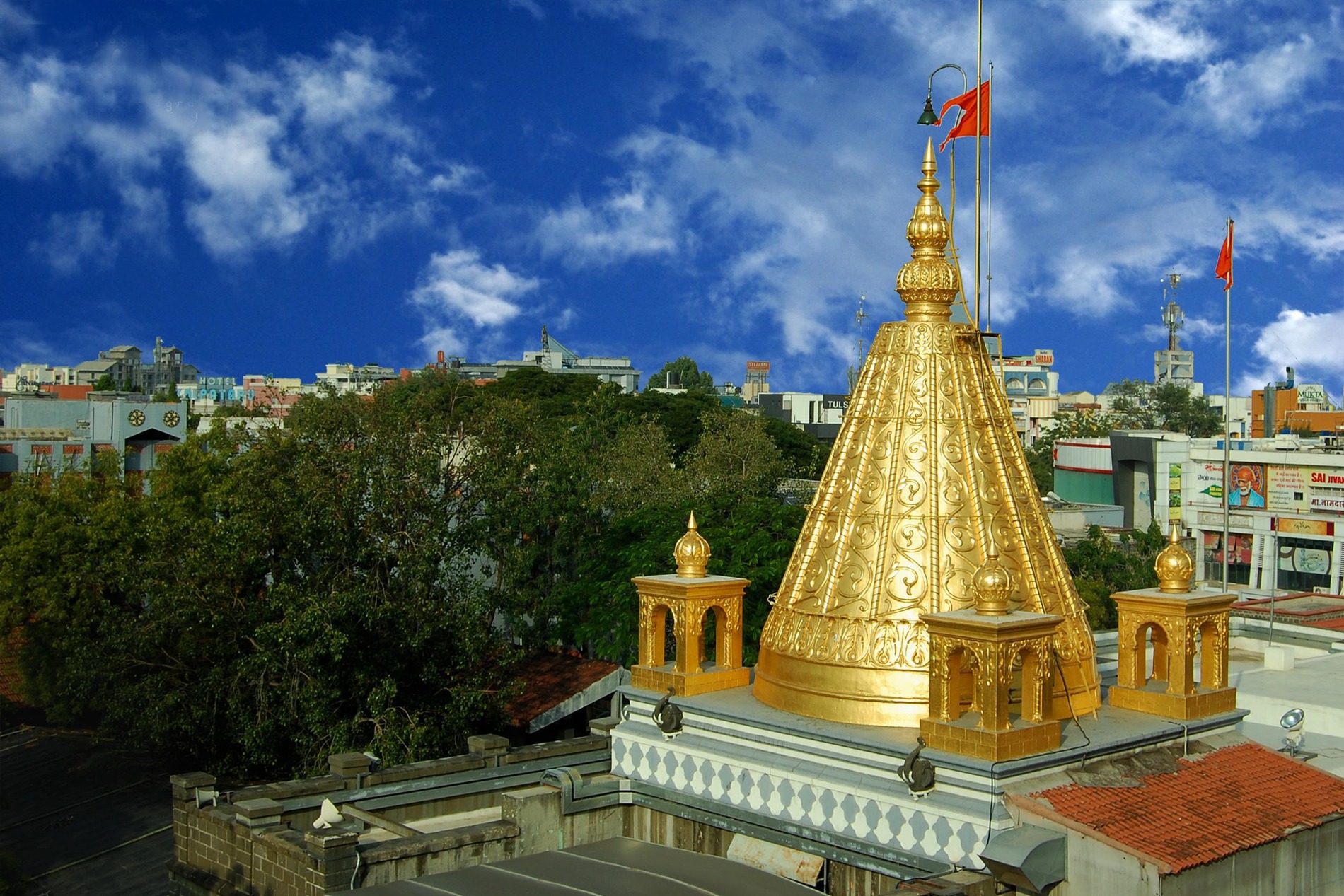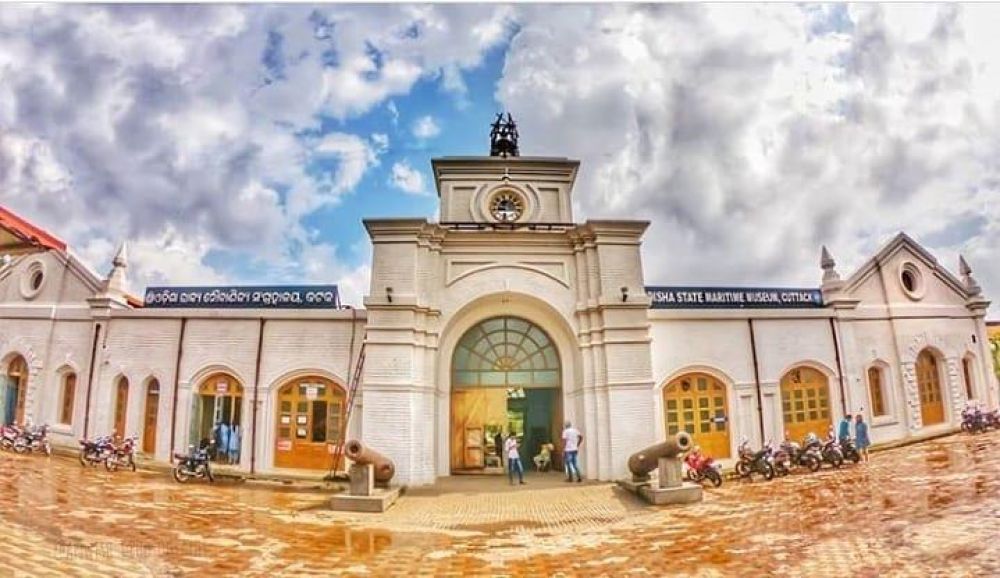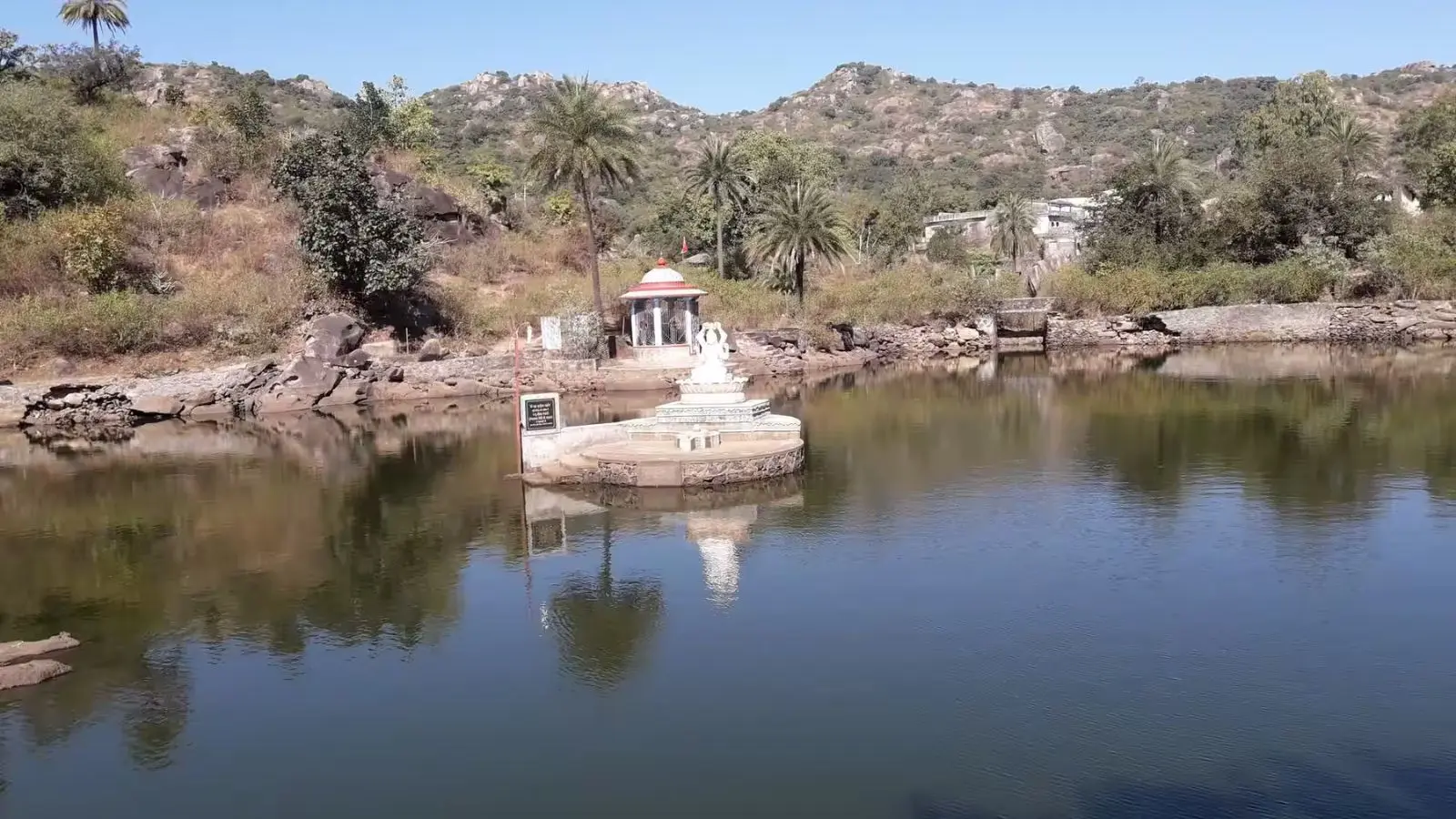The Kamakhya Temple Story: A Journey Through History and Mythology

The Kamakhya Temple, located in Assam, India, is one of the most revered and ancient temples dedicated to the goddess Kamakhya. Situated on Nilachal Hill in Guwahati, this temple holds immense cultural, spiritual, and historical significance for millions of devotees who visit it each year. The Kamakhya Temple story is a fascinating blend of mythology, history, and religious practices that has made it a key destination for pilgrims, historians, and tourists alike. Let’s delve into the rich Kamakhya temple story in simple and easy language.
The Mythological Significance of the Kamakhya Temple
To understand the Kamakhya Temple story, one must first explore its mythological background. According to Hindu mythology, the temple is dedicated to Goddess Kamakhya, a form of Goddess Shakti, the universal mother. The story traces back to the myth of Lord Shiva and his consort, Goddess Sati.
The legend begins with the famous Daksha Yajna, a grand sacrifice organized by King Daksha, the father of Sati. When Sati was not invited to the yajna, she decided to attend it without her husband, Lord Shiva. However, King Daksha insulted Lord Shiva during the ceremony, which led to Sati’s self-immolation in the sacrificial fire as an act of protest. Distraught and enraged by his wife’s death, Lord Shiva carried Sati’s body in his arms, wandering aimlessly across the universe. In his grief, Shiva’s dance caused destruction, leading to the gods intervening to restore order.
To prevent further chaos, Lord Vishnu used his discus (Chakra) to dismember Sati’s body. Her body parts fell at various locations across India, and these places came to be known as Shakti Peethas, sacred sites where Goddess Shakti is believed to have manifested. According to the Kamakhya temple story, Sati’s womb and private parts are believed to have fallen at the site of the Kamakhya Temple. Hence, Kamakhya is considered one of the most powerful Shakti Peethas, symbolizing fertility and creation.
The Kamakhya Temple’s Unique Structure and Significance
The Kamakhya Temple is unique not only because of its spiritual importance but also because of its distinctive architectural features. Unlike other temples in India that are primarily dedicated to male gods, Kamakhya Temple is dedicated to Goddess Kamakhya in her Shakti form. The temple has a simple yet profound design, with a central dome, a sanctum sanctorum, and a towering spire, reflecting traditional Assamese architecture.
The most striking feature of the Kamakhya Temple is its structure and the absence of a typical idol of the goddess. Instead, devotees worship a natural rock formation inside the temple, which is believed to represent the goddess’s womb. This representation ties directly into the themes of fertility, creation, and divine power. The temple is built with a sense of reverence to the goddess’s mysterious and powerful presence, making it distinct in its style compared to other temples in India.
The Ambubachi Mela: A Symbol of Fertility and Power
One of the key events that brings thousands of pilgrims to Kamakhya Temple is the Ambubachi Mela. Held annually during the monsoon season, this festival is a celebration of the goddess’s power of fertility. It is believed that during Ambubachi, the goddess goes through her menstrual cycle, and the temple remains closed for three days to mark this period. The temple opens on the fourth day, symbolizing the goddess’s renewal and rejuvenation.
During the Ambubachi Mela, the temple attracts devotees from all over India and abroad. The festival is a time of deep spiritual significance, where devotees perform various rituals, offer prayers, and seek blessings for fertility, prosperity, and well-being. The mela is also associated with the concept of womanhood, embracing the cycle of life, death, and rebirth, which is an essential aspect of Hindu philosophy.
The Historical Evolution of the Kamakhya Temple
The Kamakhya Temple’s history dates back over a thousand years. The temple’s origins are rooted in ancient times, with some historians believing that it was built around the 8th century, though its spiritual significance predates this. The temple has undergone several reconstructions and renovations throughout history, and its present structure was constructed during the reign of the Koch dynasty in the 16th century. The temple was further expanded and restored by Ahom kings during the 17th century.
The temple has witnessed numerous invasions, including the destruction of some parts of the temple by the Muslim rulers in the medieval period. Despite the attacks, the Kamakhya Temple has continued to stand strong, symbolizing the resilience of faith and the enduring power of Goddess Kamakhya.
Throughout its history, the Kamakhya Temple has remained a center for Tantric practices. Many practitioners of Tantra visit the temple to seek spiritual awakening and gain insights into the mystic rituals associated with Goddess Kamakhya. The temple’s link to Tantric traditions adds to its allure and mystique, attracting scholars, devotees, and spiritual seekers from around the world.
Kamakhya Temple and the Tantric Tradition
The Kamakhya Temple’s association with Tantra has made it a unique destination for those interested in esoteric spiritual practices. Tantra, an ancient system of spiritual thought and practices, has been intertwined with the worship of Shakti and the goddess in Hinduism. The temple’s connection to Tantra is evident in the rituals performed here, many of which are deeply mystical and symbolic.
Tantric practices in Kamakhya Temple focus on the worship of the feminine divine energy (Shakti) and the worship of the goddess in her various forms. Devotees often perform specific rites, including offerings of flowers, incense, and other items, to invoke the blessings of the goddess. These practices are considered to bring spiritual elevation, material wealth, and success in life.
The Role of the Kamakhya Temple in Modern Times
In modern times, the Kamakhya Temple continues to be a prominent pilgrimage site, drawing visitors from all walks of life. The temple serves as a symbol of religious harmony, with people of various faiths coming together to appreciate its spiritual and historical significance. The temple also plays a key role in the local community, providing a sense of identity and pride for the people of Assam.
Beyond its religious significance, the Kamakhya Temple is also a cultural hub. It is a center for learning, where various aspects of Assamese culture, art, and traditions are preserved and promoted. The temple has become an integral part of the region’s tourism industry, with visitors flocking to the temple to witness its grandeur and soak in the peaceful atmosphere surrounding it.
Conclusion: The Eternal Kamakhya Temple Story
The Kamakhya Temple story is not just about the history of a temple; it is a reflection of the eternal power of the goddess, the continuity of life, and the deep connection between humans and the divine. The temple’s mythology, architecture, festivals, and spiritual practices continue to inspire millions of devotees each year. Kamakhya Temple remains an iconic symbol of faith, fertility, and power, holding a special place in the hearts of people not only from Assam and India but from all over the world. The Kamakhya Temple story is a journey through time, history, and mythology, where the divine feminine continues to reign supreme.
Note: IndiBlogHub features both user-submitted and editorial content. We do not verify third-party contributions. Read our Disclaimer and Privacy Policyfor details.







